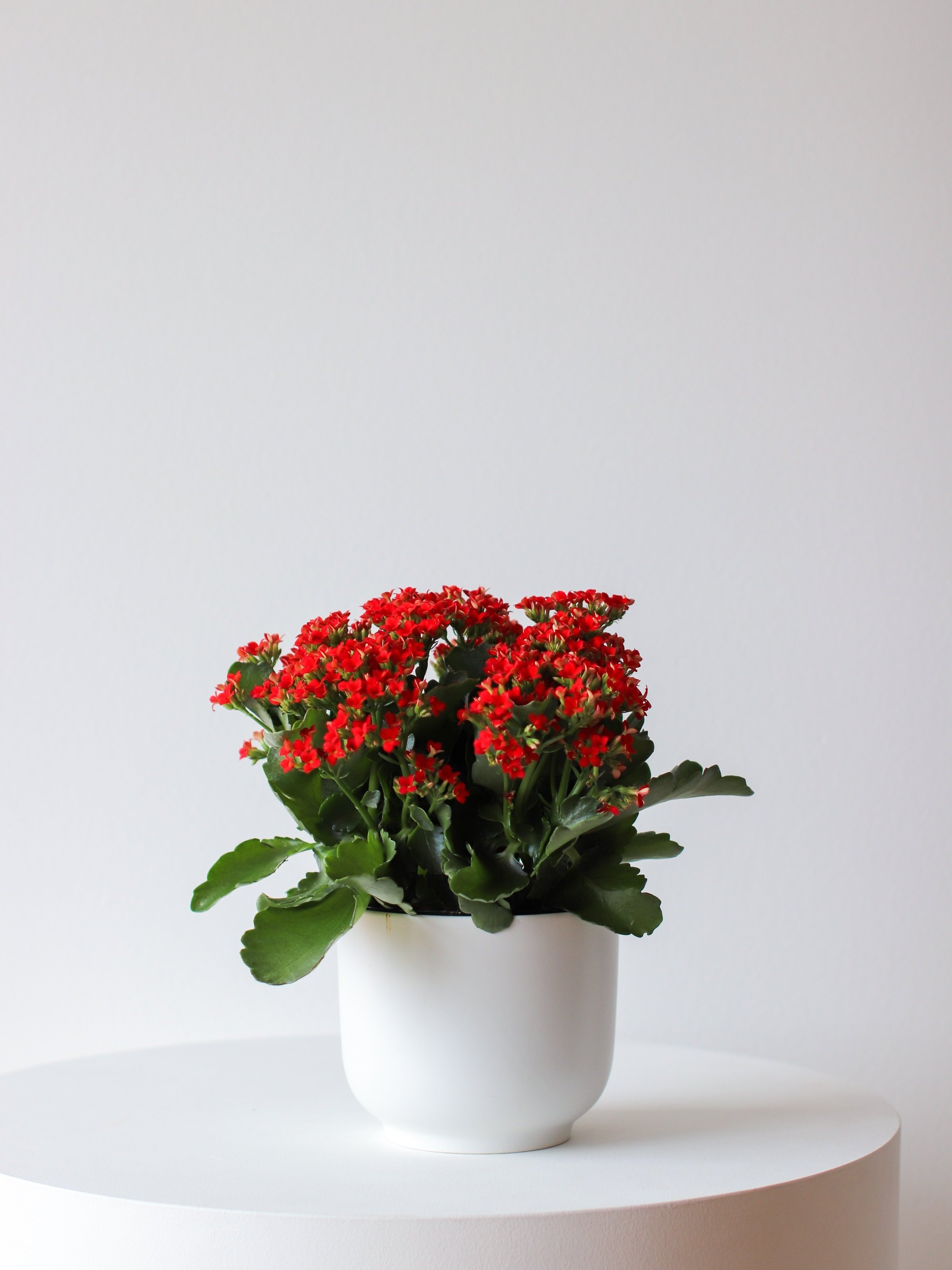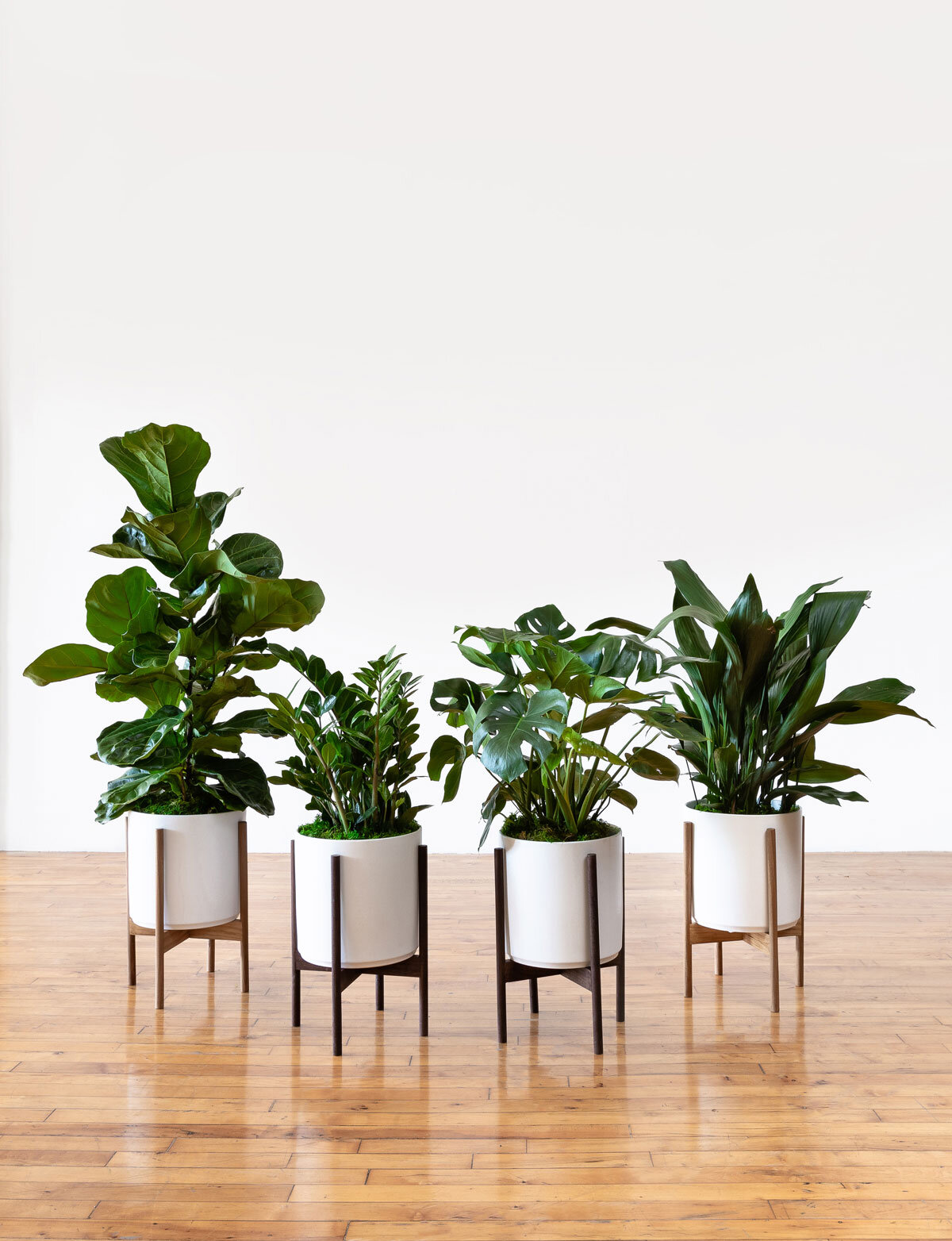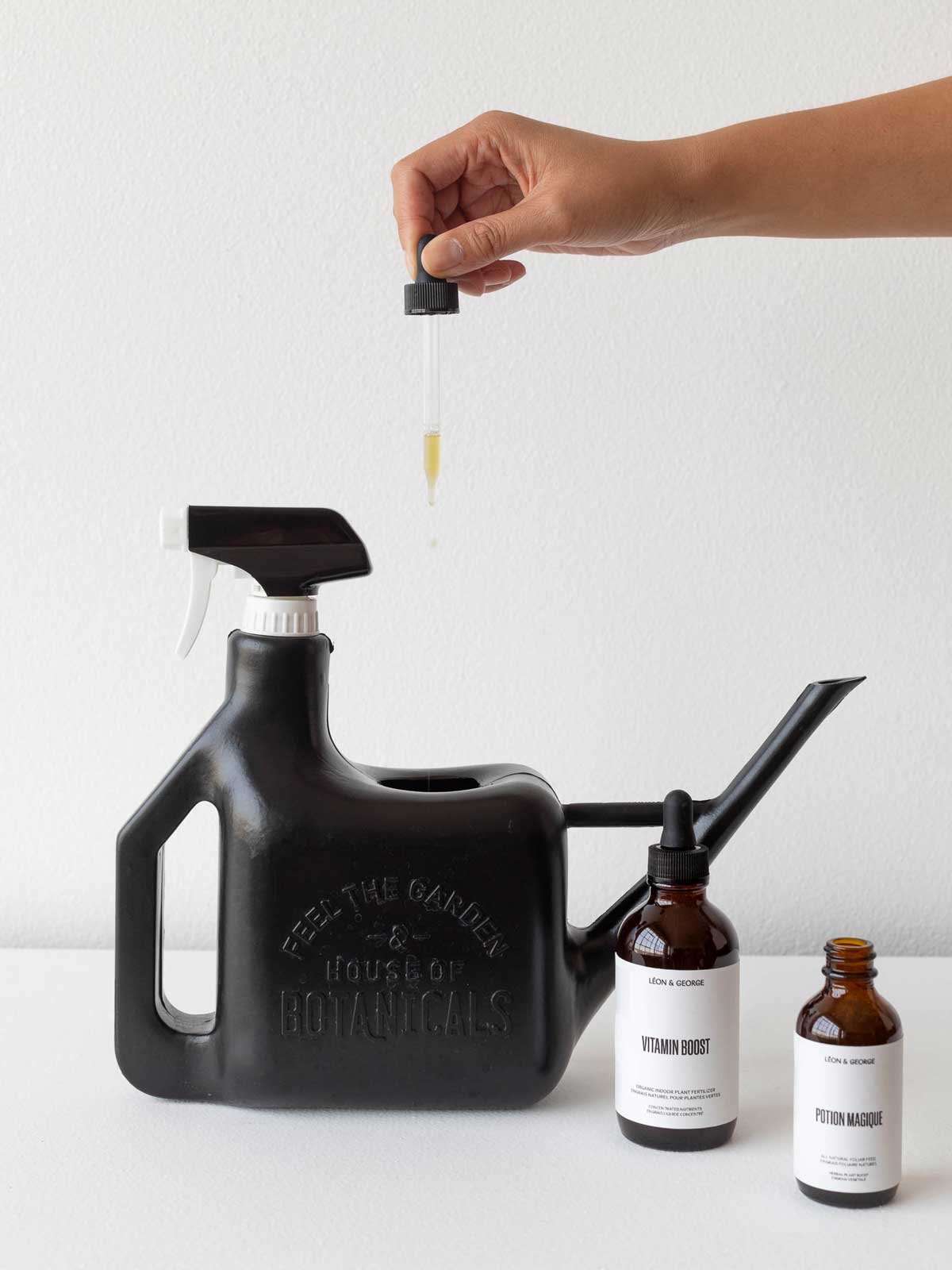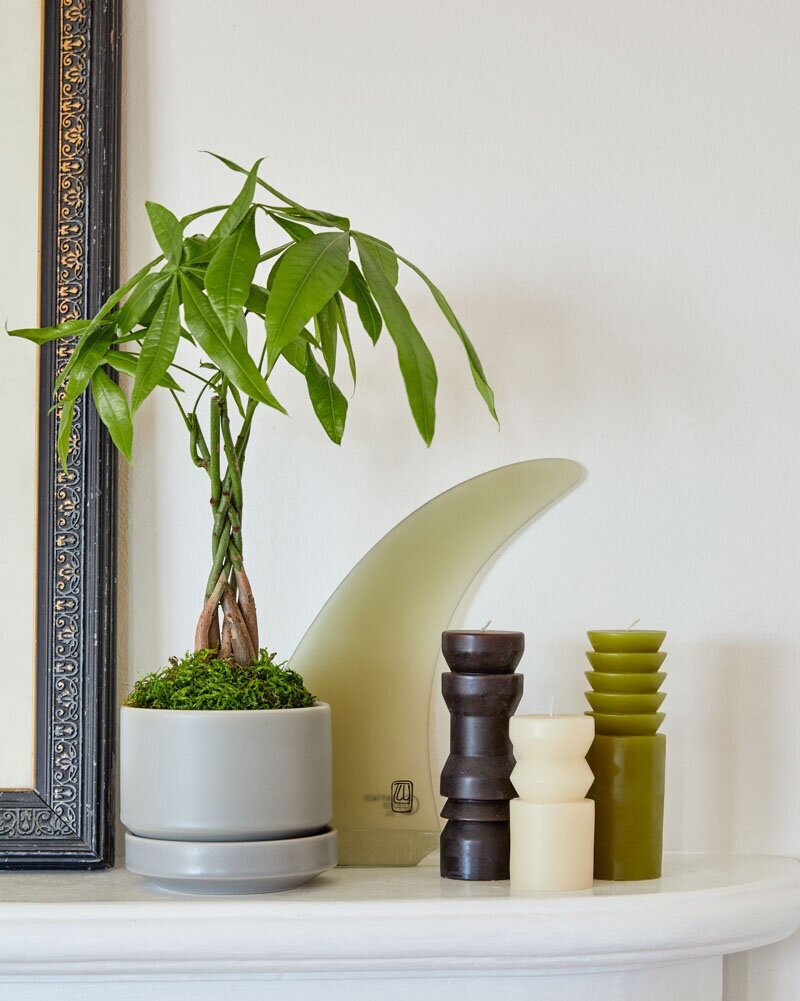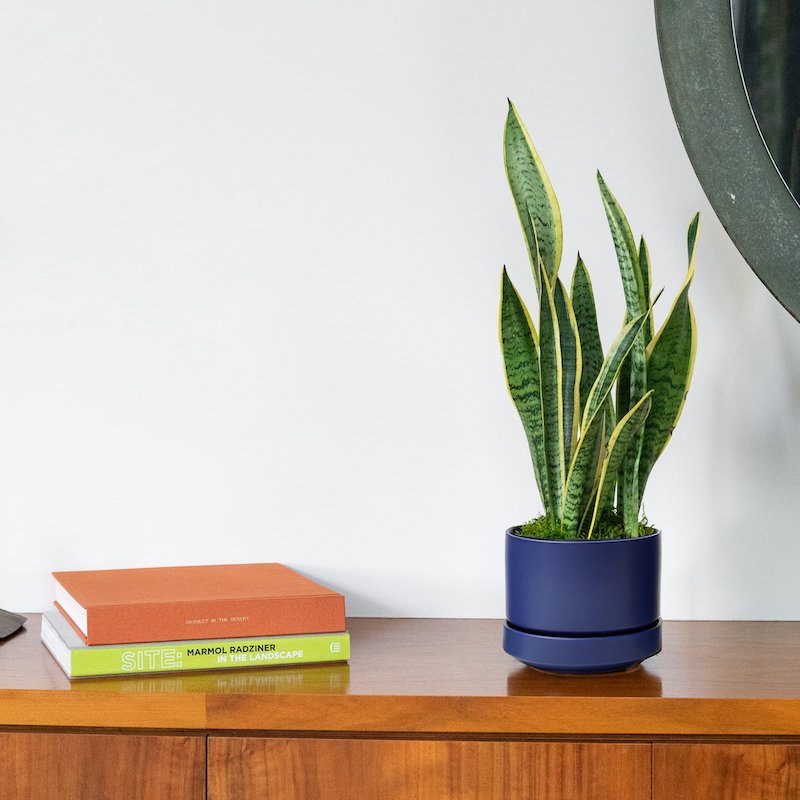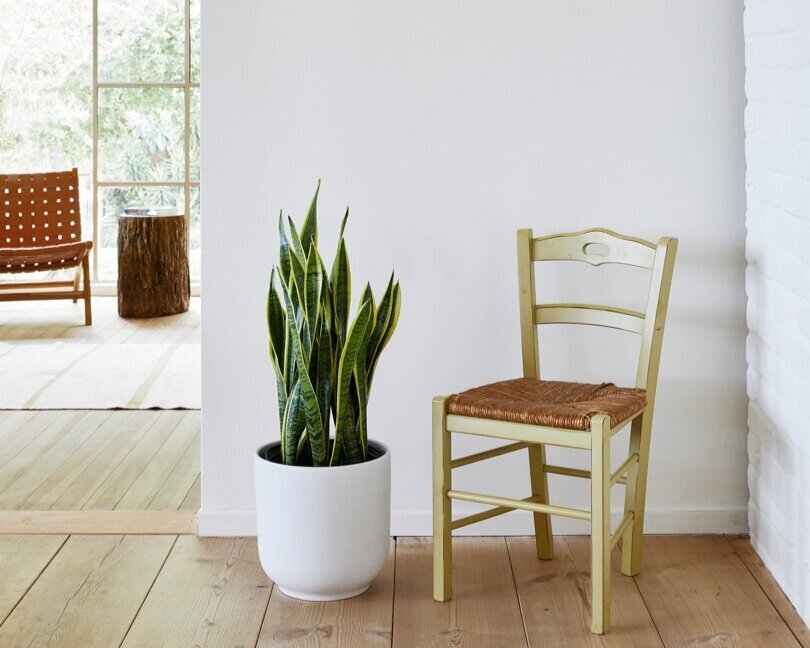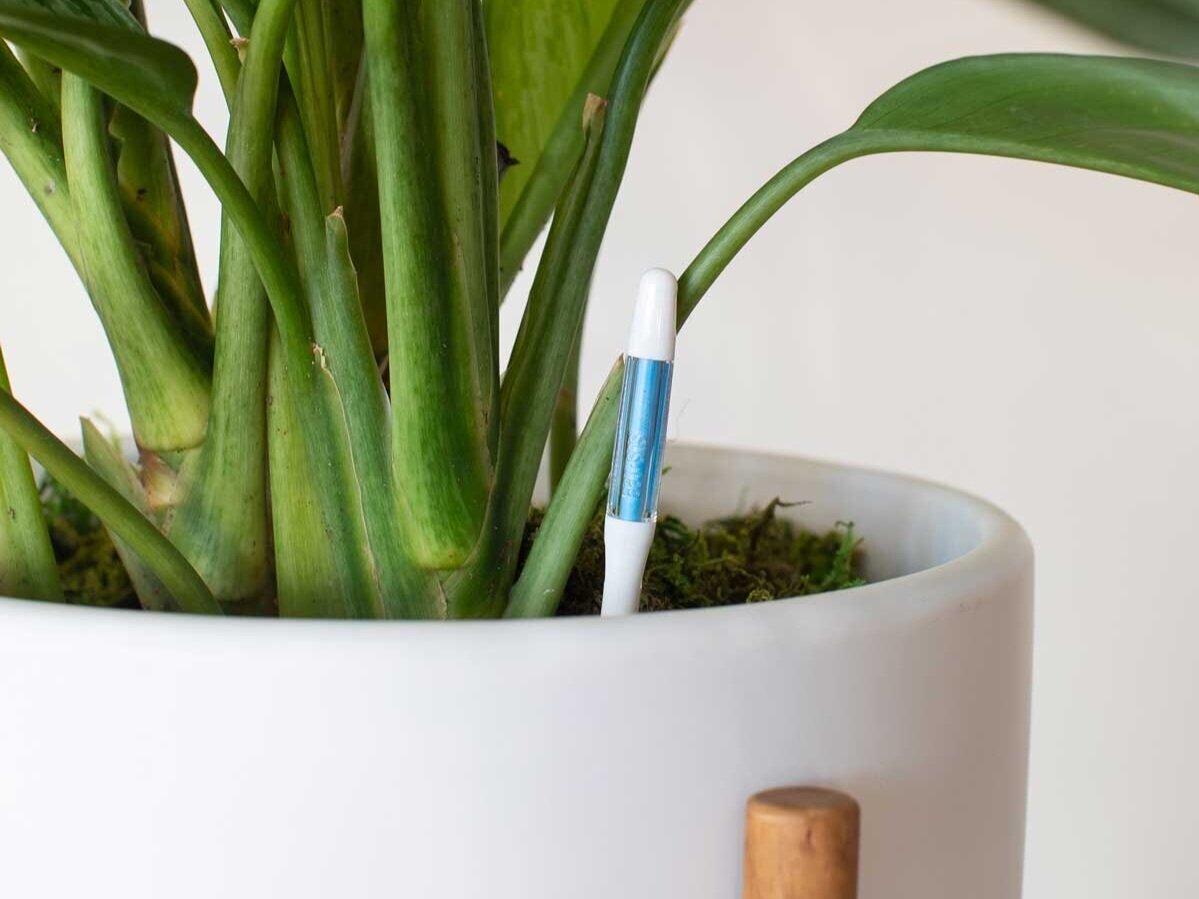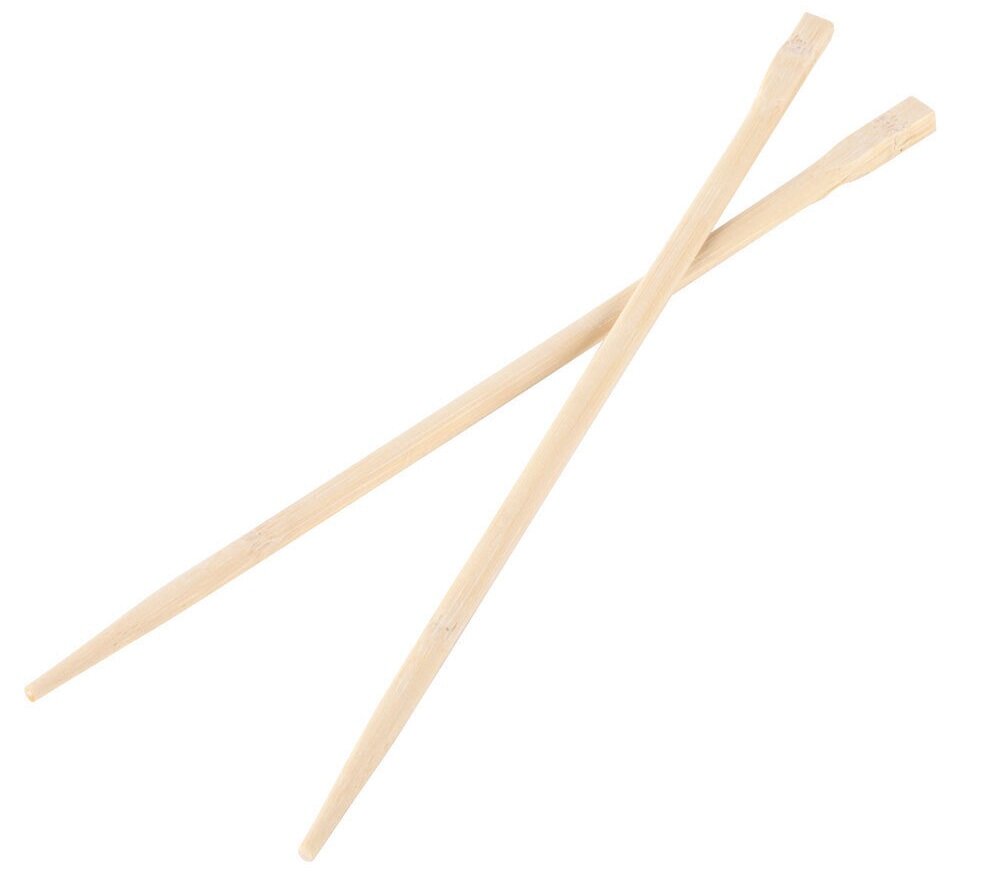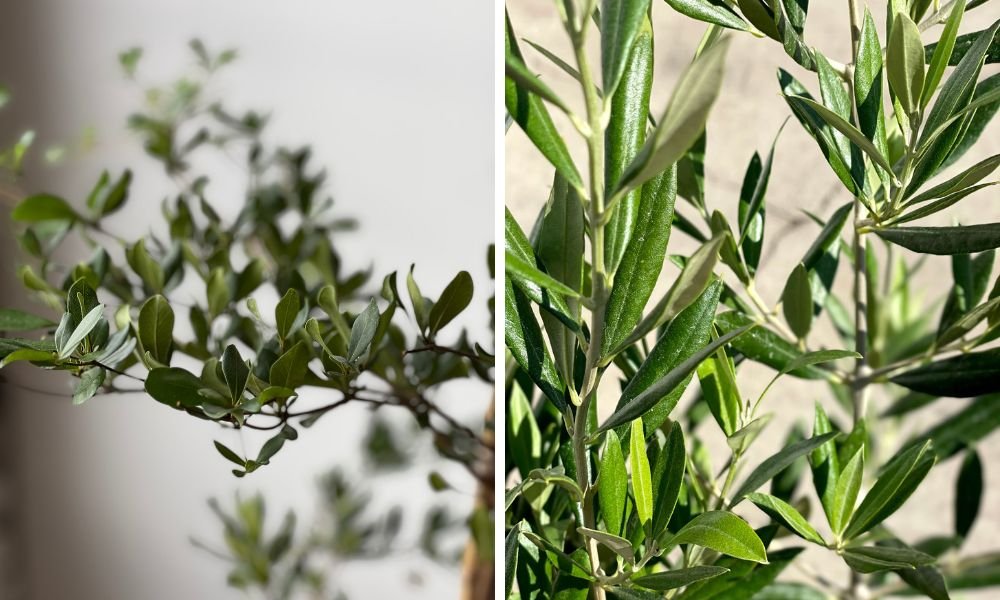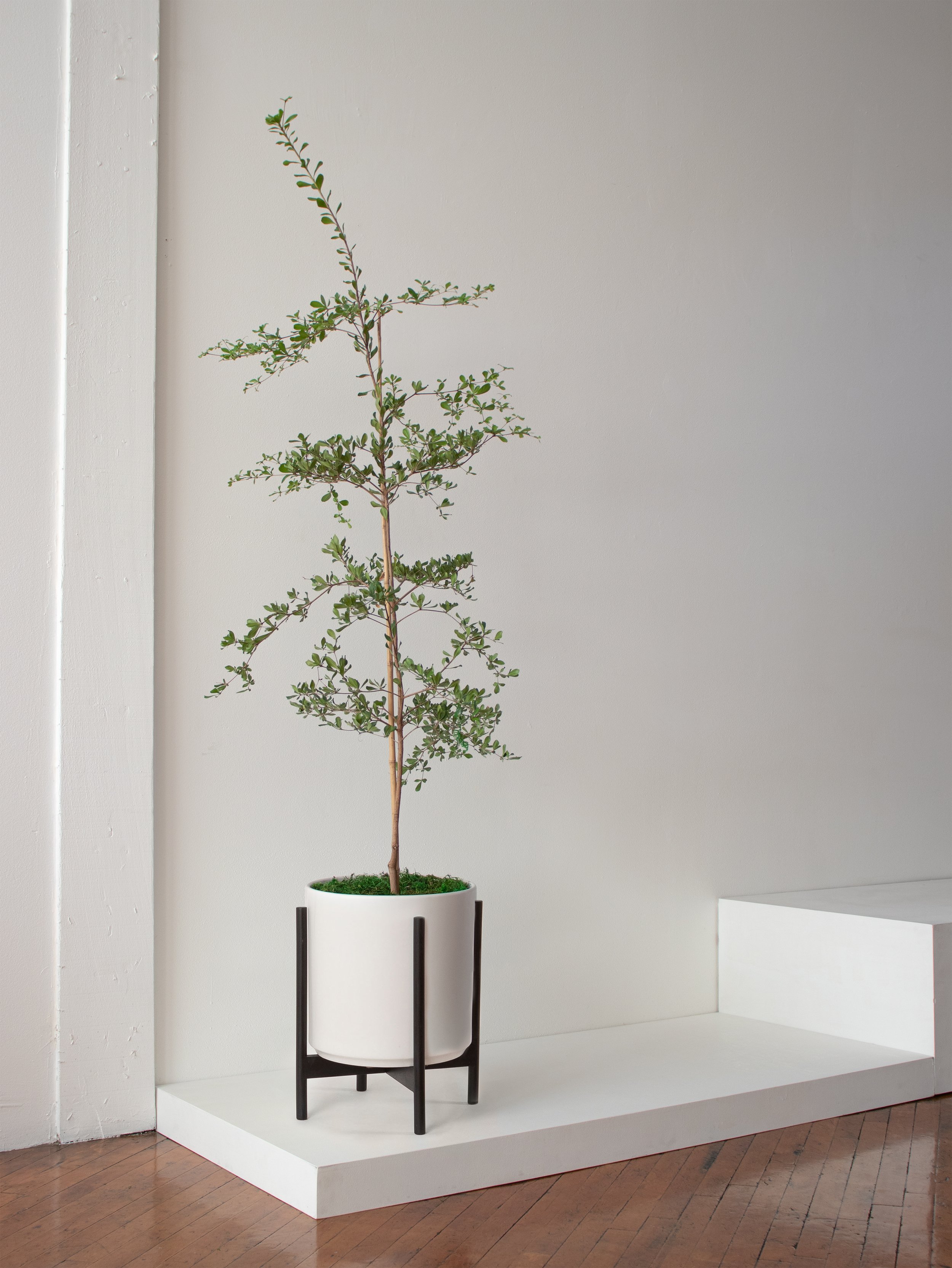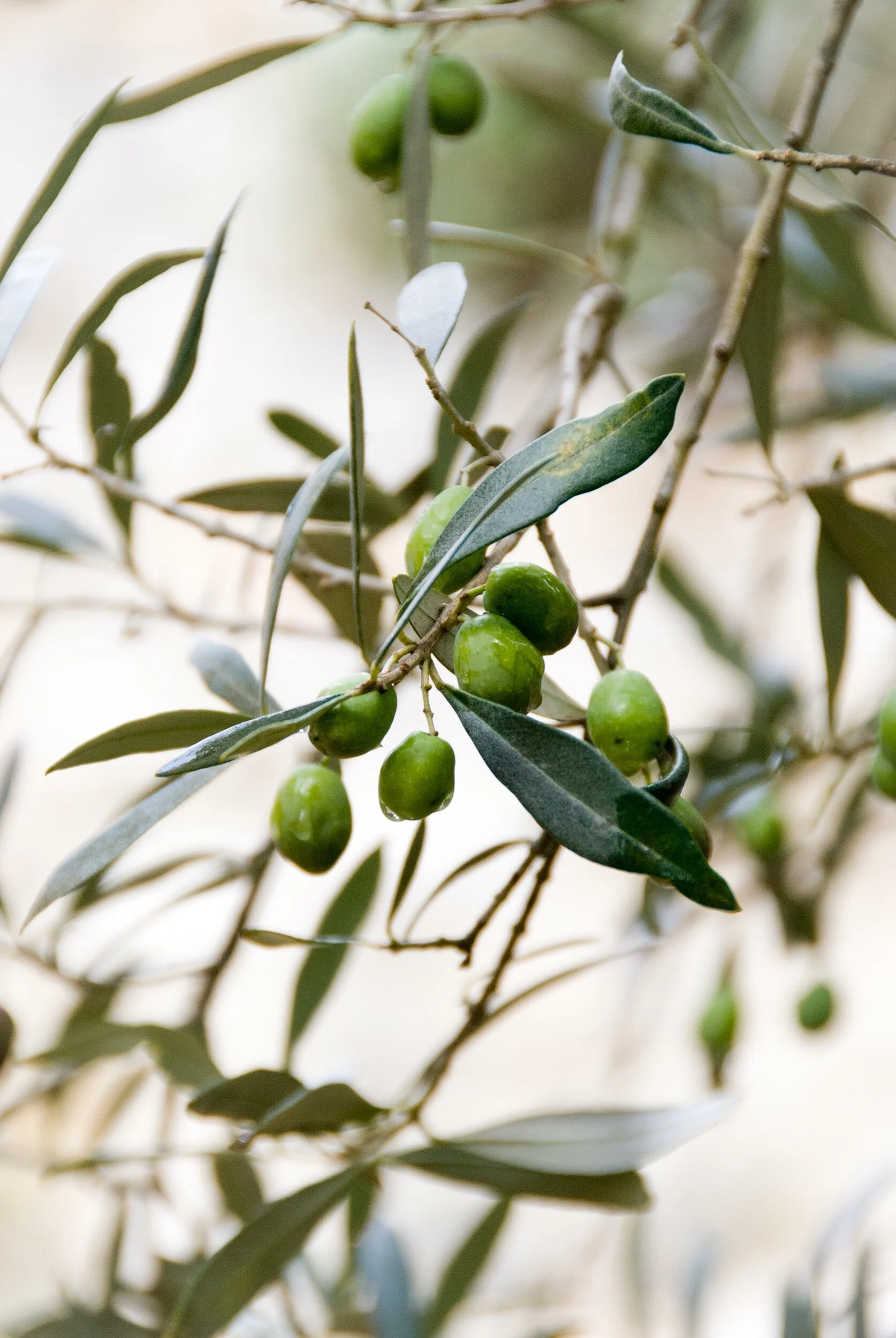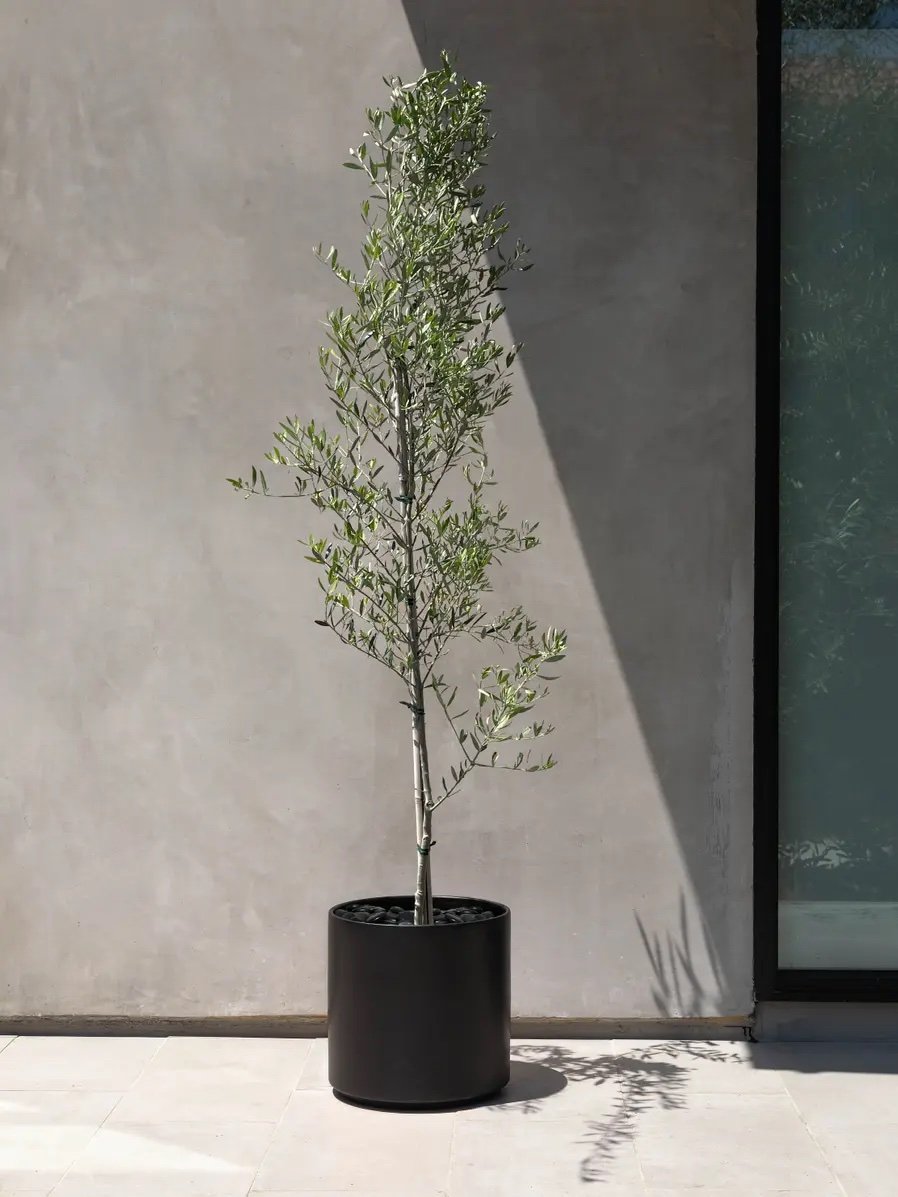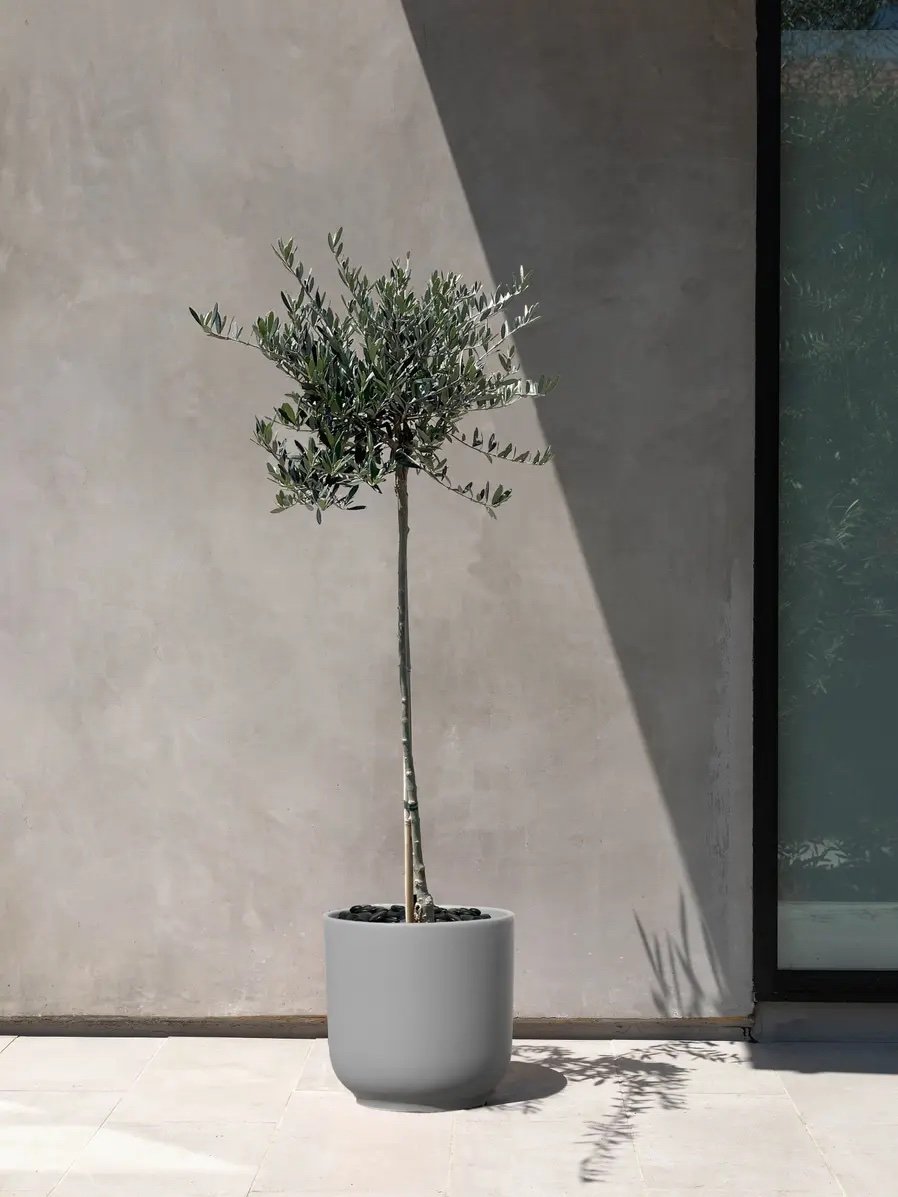The Asian New Year or Lunar New Year is almost here and with it we will usher in a new sign of the Chinese Zodiac: the Year of the Dragon. Learn about the symbolic significance of this powerful symbol and year, and don’t forget to check out our limited edition Year of the Dragon Braided Money Tree, the perfect gift to wish someone prosperity for the year ahead!
The Asian New Year Unveiled
Unlike the conventional January 1st celebration, the Asian New Year is a moveable feast, dictated by the lunar calendar. As a result, this auspicious event falls somewhere between January 21 and February 20, marking the beginning of the lunar new year. In 2024, the first day of the new year is February 10.
This time-honored tradition is steeped in rich symbolism, with families coming together to sweep away the old and embrace the new. The air is filled with the intoxicating aroma of incense, the sound of firecrackers, and the vibrant hues of traditional red and gold decorations that symbolize luck and prosperity. Family members gather around a large table to enjoy a New Year's Eve dinner, traditionally known as Nian Ye Fan (年夜饭). During this celebration, families pay homage to their ancestors by burning incense. During this time of year, it is typical for elder members give younger family members good luck pocket money, referred to as Ya Sui Qian (压岁钱), enclosed in a red envelope.
The Year of the Dragon
In the Chinese zodiac, each year is associated with one of twelve animals, each carrying its unique traits and symbolism. And guess who's headlining 2024? It's none other than the awe-inspiring, mythical creature—the dragon. The dragon holds a special place in Chinese culture, embodying power, strength, and good fortune. Far from the fire-breathing menace of Western lore, the Eastern dragon is a benevolent force, a symbol of wisdom, protection, and imperial authority. Its celestial status makes it a harbinger of prosperity, and it is believed to bring good luck.
Dragon Energy in 2024
As we dive headfirst into the Year of the Dragon, let's harness its energy to fuel our personal growth and aspirations. Whether you're chasing career goals, seeking love, or simply striving for a better version of yourself, the dragon's influence encourages us to dream big and soar to new heights.
Career Ascendance: In the professional realm, the dragon's energy inspires us to be bold, ambitious, and unafraid to take calculated risks. It's the perfect time to embark on that entrepreneurial journey or pursue that promotion you've been eyeing.
Love and Relationships: The dragon is a symbol of passion and charisma. If you're on the quest for love, embrace your inner dragon and let your magnetic personality shine. For those already in relationships, let the dragon infuse your bond with renewed vitality and excitement.
Personal Development: On a personal level, channel the dragon's wisdom to explore self-discovery and personal growth. Adopt a mindset of resilience and adaptability, as the dragon encourages us to embrace change and transform challenges into opportunities.
Don’t forget to enhance your good juju with plants that bring good luck to your home or office!
Wishing you all a fiery and fabulous Year of the Dragon! May it be filled with joy, prosperity, and the unwavering courage to chase your dreams. Let the dragon within you roar loud and proud! 🐉🔥
Year of the Dragon Braided Money Tree
A limited edition plant and pot set, to bring good luck and prosperity for the year to come. Order online at leonandgeorge.com






